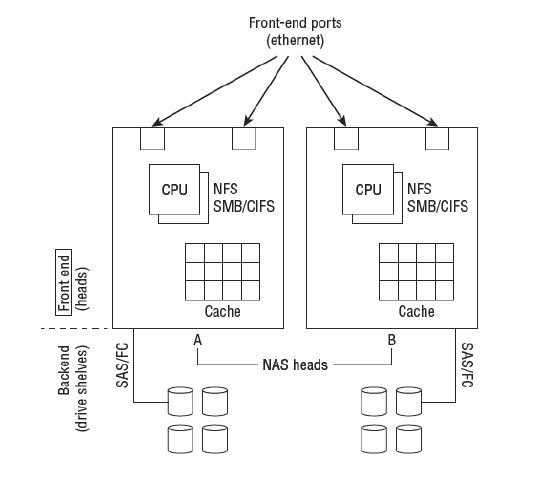Storage infrastructure fundamentals and Basics - Quick Reference Guide
This quick reference guide will help you to learn the basics of Storage infrastructure and its uses in the current and next generation IT datacenters. The next generation IT datacenters are basically the data centers which can also support cloud computing services (i.e which can host both private and public clouds) along with the traditional data center requirements. This tutorial will cover all the basic introduction of the SAN, NAS features along with their physical and logical infrastructure.
Most of these lessons are abstracted from various storage certification guides such as SNIA, EMC, IBM & Comptia and consolidated into a single tutorial to give you the best possible guidelines to become Storage expert. Based upon this tutorials, it is also recommended to get trained on the vendor specific storage arrays if you are planning your career in Storage area.











































